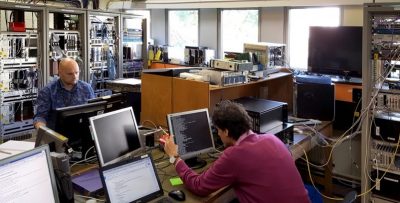
On Thursday February 16 our group member Dr. Xavier Sáez gave a talk within the PATC course “HPC-based simulations, Engineering and Environment” at Barcelona Supercomputing Center.
The mission of the PRACE Advanced Training Centers (PATC) is to carry out and coordinate training and education activities that enable the European research community to utilize the computational infrastructure available through PRACE.





